Li Cunxin to retire as artistic director of Queensland Ballet, citing health concerns
The beloved artistic director has had heart surgery and is struggling with his recovery, prompting early retirement from the Queensland Ballet.
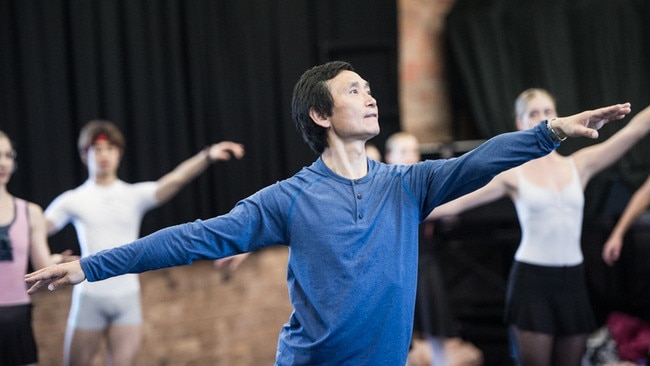
Few obstacles have stood in the way of Li Cunxin, but the dance star turned stockbroker turned artistic director has been struggling with a heart condition and will retire from the Queensland Ballet at the end of the year.
Li, 62, recently has had surgery and taken time away from the company where he has been artistic director since 2012. His wife, Mary Li, was diagnosed with cancer last year and has been undergoing radiation treatment.
The seemingly unstoppable Li – also known as Mao’s Last Dancer – said he had decided to put his health and his family first, and had made the difficult decision to retire.
“Mary and I are facing this uphill battle with our health,” he said. “We just feel we need to focus on that.
“To be totally honest, I don’t feel I have recovered, I have been battling through.”
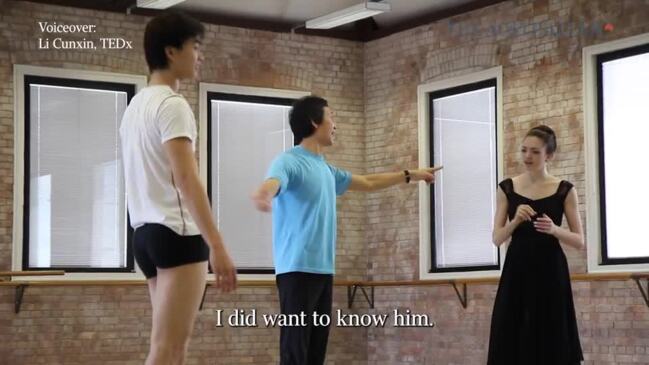
Dancers and staff of the Queensland Ballet met at the company’s studios in Brisbane on Tuesday morning where Li told them he would step down as artistic director at the end of the year. Mary Li, ballet mistress and principal repetiteur at Queensland Ballet, will also retire at that time.
News of Li’s departure will reverberate through the ballet world and the wider community.
He is among the nation’s most recognised and admired cultural figures: the poor boy from the Beijing Dance Academy who defected to the West, became a principal dancer with the Australian Ballet, and had another career in stockbroking before his appointment to the Queensland Ballet 11 years ago.
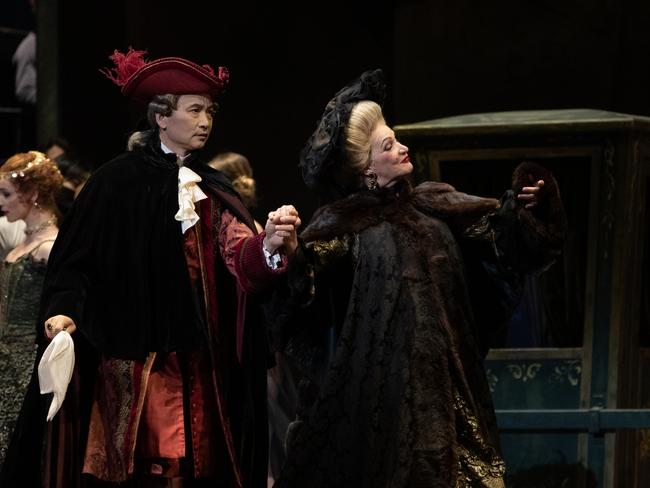
His remarkable story was told in his best-selling 2003 memoir Mao’s Last Dancer, which Bruce Beresford made into a film in 2009.
“Ballet is a magical artform,” Li said. “To give people those magical experiences, to bring happiness and bring people together – that is what is so rewarding, to realise that what I do has this kind of impact.”
Queensland Ballet chair Brett Clark said Li was a kind of superman whose special power was his ability to inspire people.
His energy had driven the expansion of the Queensland Ballet, as well as the audience for dance and the company’s reputation internationally.
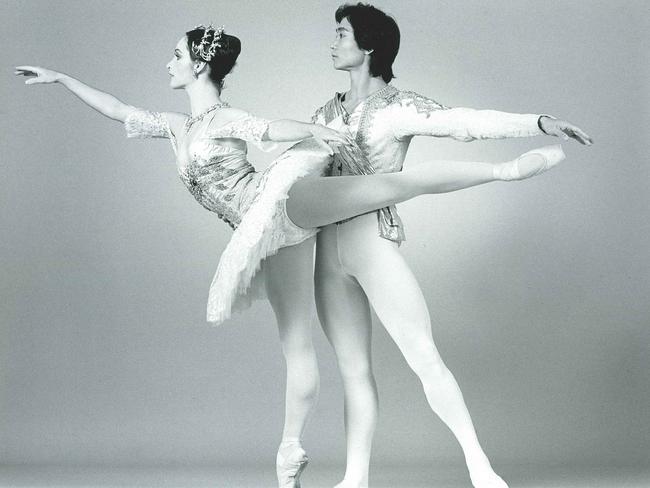
During Li’s tenure, the company has grown from 23 dancers to 60, including 12 young artists. It has opened vastly improved studios at the Thomas Dixon Centre, established a stand-alone ballet academy, and is building a new production centre.
Li said he was especially proud that the Queensland Ballet was built on solid classical technique, and had the stature to be able to present major works from the repertoire, such as Kenneth MacMillan’s Manon and Ben Stevenson’s Nutcracker, as well as contemporary works.
“I am overwhelmed, deeply touched by the enthusiasm and generous support that our audience and the community have given us,” he said. “We have had many sold-out productions and broken box-office records. We have performed a lot of world premiere works, and done collaborations with international ballet companies.”
Mr Clark said Li told him of his intention to retire just three weeks ago. Celebrations were being planned, including special performances to honour Li’s contribution to the company.
The search for a successor would begin soon, Mr Clark said, but there was no possibility of finding a replacement for Li.
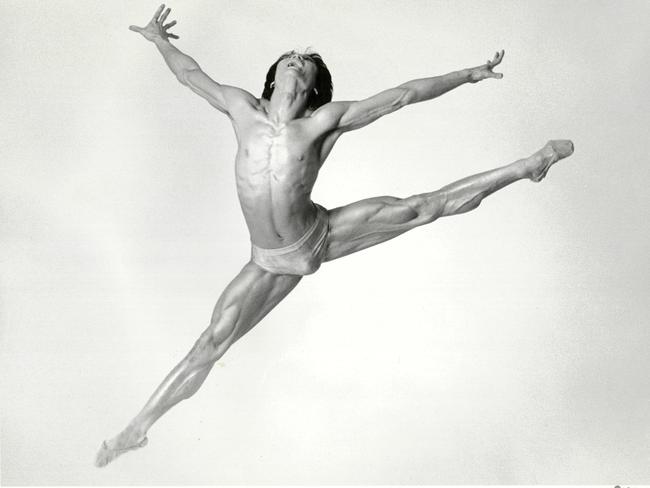
“That’s not being defeatist: it’s just an acknowledgement that that person doesn’t exist,” he said.
Li said it was a blessing to have Mary by his side – not only as his wife, but as a partner in building the artistic and financial strength of the company.
The family would remain in Brisbane, he said, but he was unlikely to return to running an arts company.
“Given the health challenges, for Mary and me, I feel it will be something that will take every possible focus,” he said.
“The Queensland Ballet will always have a special place in our hearts and we will support them in a different way – even simply being the loudest cheerleaders.”

To join the conversation, please log in. Don't have an account? Register
Join the conversation, you are commenting as Logout